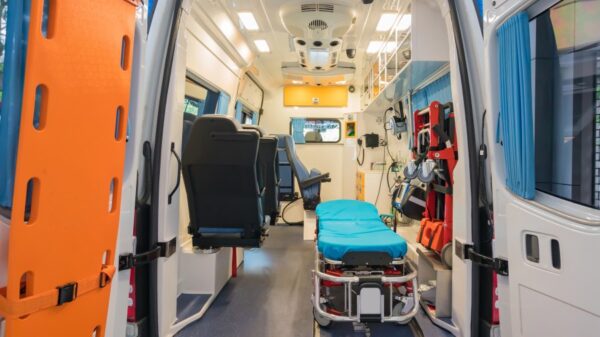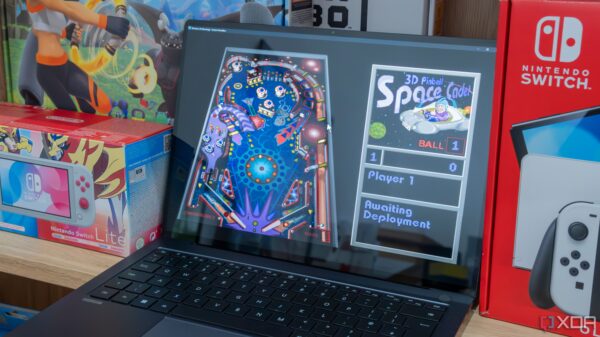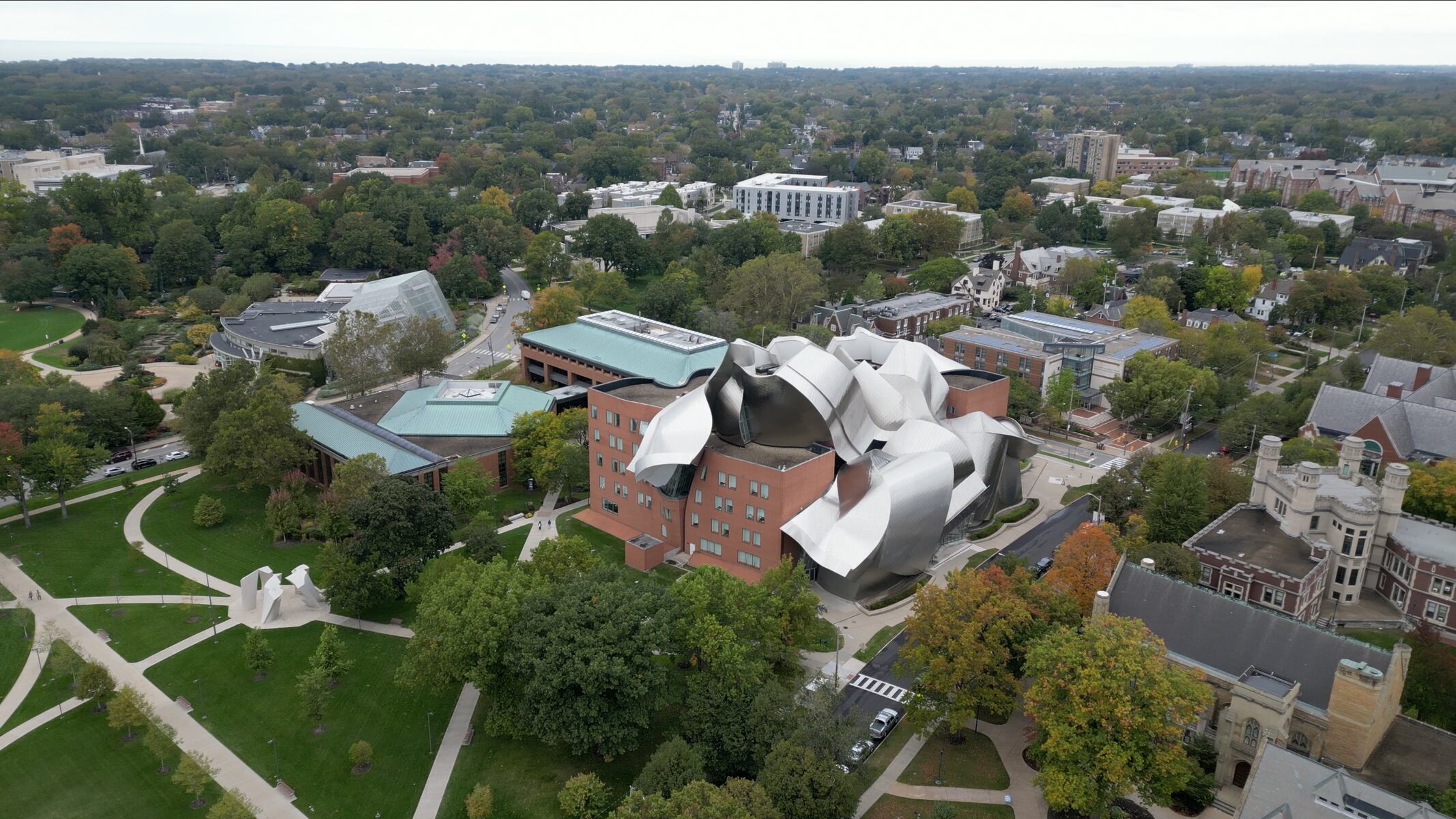CLEVELAND, Ohio — A collaborative effort between Case Western Reserve University (CWRU) and the Louis Stokes Cleveland VA Medical Center has resulted in a substantial $9.9 million grant aimed at advancing prosthetic technology. This funding, awarded by the U.S. Department of Defense, is designated for the testing of a pioneering prosthetic hand that enables amputees to regain a sense of touch.
The innovative device, known as the iSens (implanted Somatosensory Electrical Neurostimulation and Sensing system), integrates electrodes implanted in the user’s arm. These electrodes detect muscle movements to control the prosthetic hand, while simultaneously stimulating nerves to transmit tactile sensations from the prosthetic fingertips to the brain. This technology represents a significant leap in neuroprosthetic development, with the potential to vastly improve the quality of life for individuals with upper limb loss.
Researchers anticipate initiating the trial in early 2024, following a previous eight-year grant of $14 million received from the Defense Advanced Research Projects Agency (DARPA) for related neuroprosthetic research. The upcoming study will involve enrolling a dozen upper-limb amputees, who will participate in a comparative analysis between conventional prostheses and the advanced sensory-enabled iSens device.
Emily Graczyk, an assistant professor of biomedical engineering at CWRU and lead investigator of the project, emphasized the importance of this research: “People with upper-limb loss deserve to have better technologies that can improve their lives.” Graczyk, who is also affiliated with the Cleveland VA, elaborated on the potential benefits of restoring touch, stating that it enhances connectivity with loved ones, self-sufficiency, and overall social interaction.
Trial Phases and Methodology
The study is structured in three distinct phases to assess the effectiveness of the iSens neuroprosthesis. The initial phase will focus on implanting electrodes and electronic modules into participants’ arms over a three-month period. Participants will learn to intuitively control the prosthetic device using their muscle signals. Additionally, the nerve stimulation will be calibrated to ensure that sensations from the prosthetic hand are accurately relayed to the user’s brain.
In the second phase, participants will either retain their existing prosthesis or receive the iSens device. They will provide feedback on their usage through surveys and return for monthly evaluations at the lab. After a designated period, participants will switch devices, allowing for a comprehensive comparison of experiences.
The third phase involves further randomization, where participants will be divided into two groups: one utilizing the iSens prosthesis with enhanced touch sensation and the other with advanced motor control capabilities. This design aims to ascertain whether the improvements in quality of life stem more from sensory feedback or improved mobility.
Graczyk acknowledged the uncertainty surrounding the trial’s outcomes: “We expect our neuroprosthesis to make life better for people with amputation, but we don’t know if the biggest factor will be improved sensation or improved control, or both.”
With the study set to begin shortly, the researchers at CWRU remain hopeful about the implications this technology could have for the future of prosthetics, paving the way for more advanced and responsive devices that enhance the lives of amputees.
For those interested in participating in the study, further details can be obtained by contacting the study coordinator via email at [email protected].








































































